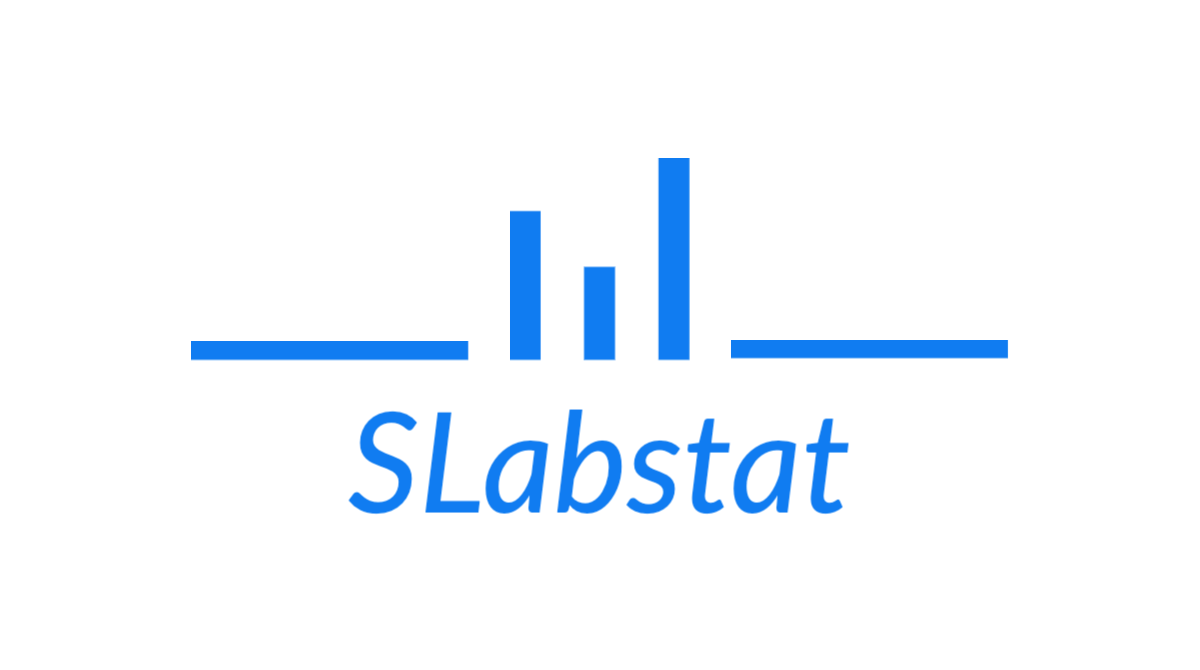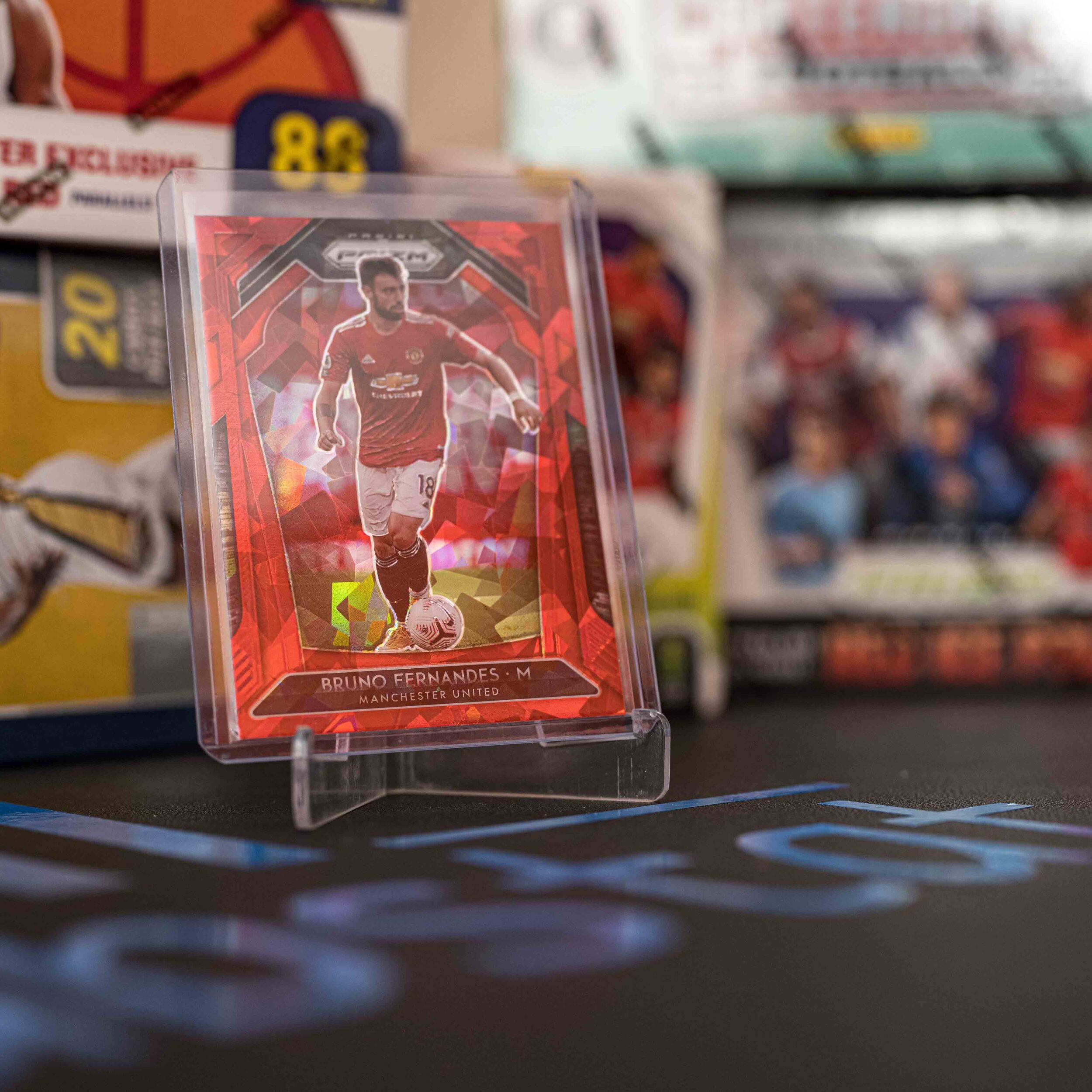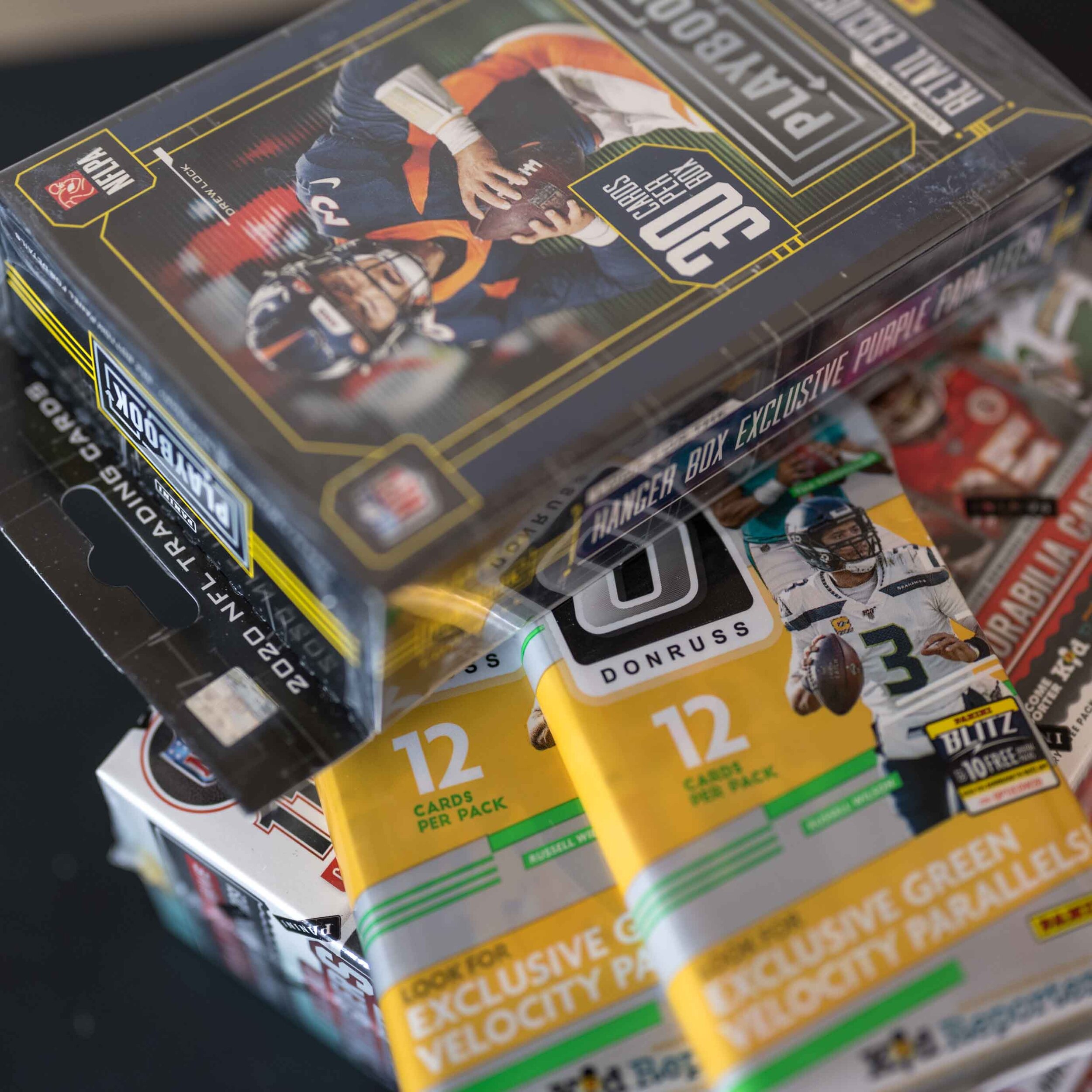Are we in a Trading Card bubble?
Jesse Haynes
Current Sports Card Industry Overview in 2021
It’s no secret that sports card prices soared last year during the pandemic. Almost ironically, live sports stopped just as prices for cards surged.
While there are many theories of why this happened, the more likely answer is the boom in cards was due to a combination of several elements: for one, influencers began sharing card investment wisdom. On top of that, sports gamblers were drawn to the hobby as a replacement for betting on live-action sports. And, of course, cards were a safe way to keep the spirit of sports alive while no balls were actually in play.
Thankfully, even after live sports resumed, cards have remained hot. While there aren’t as many all-time highs with standard base cards anymore, new card price records are being set pretty frequently.
Now, as we enter Summer 2021, it appears the market is cooling down some, but that leads us to a big question: what is the current state of the market, and where are we headed from here? Is the bubble going to burst—or perhaps—are we even in a bubble at all?
Similarities to the Last Trading Card Bubble
There has been another sports card bubble before—about thirty years ago.
Now, looking back on the first bubble, the general terminology used to refer to the time period is “The Junk Wax Era” (at least, the sports card portion of that time period.) This period stretched from roughly 1987-1995.
So what caused the Junk Wax era? We’d argue there were five factors:
Speculation: the masses began to treat sports cards like stocks—investments instead of hobby pieces.
Hype: Media covered the hobby, including the emergence of the Beckett Price Guide.
Overproduction: Topps, Upper Deck, Fleer and others tried to take advantage of the hot market (as a good company should), printing as many cards as people could buy
Hoarding: Shoppers scooped up as much as they could, keeping sealed sets and hot cards locked away.
Lack of Iconic Rookies and Players: While there were some talented players in this era, there’s also a reason why the Junk Wax Era is bookended with Jordan and Kobe rookie cards.
Wait a minute. Does all that feel too… familiar?
If so, there’s a good reason for that. Unfortunately, many of the causes seem to overlap what’s going on right now (and the last remains to be seen).
That said, there is plenty of reason to believe we are NOT in a bubble.
Why sports cards aren’t in a bubble
The industry learned from the Junk Wax Era. Lots of people lost lots of money, and sometimes that’s the ultimate teacher.
There are now a few safeguards in place to ensure that the Junk Wax Era isn’t repeated with the 2020 and 2021 cards.
For one, during the Junk Wax Era, all the cards were base cards and inserts. Nothing was special about any of them—no distinguishing traits. If you had a 1992 Shaq Topps Rookie, that’s great! The problem: another 5 million people did, too.
Now, thankfully, we have autograph cards and parallels. If you have a numbered card (or a signed one), simply having the print run on the card shows that there is a very limited supply in circulation. There might be a million Zion Prizm rookies out there, but only 199 of them are a certain short print. The same can be said of autographs, and to truly preserve the value of your collection, you should consider investing in one of these two types of cards.
Additionally, the other way to cull the heard of common base cards is grading. Again, there might be a million Zion Prizm rookies, but thanks to PSA and BGS, you can figure out exactly how many of them are graded a 10. Investing in graded cards helps preserve long-term value, too, and as soon as PSA opens up again, it’s safe to assume card prices will once again rally—especially sealed products, with hopes to open and submit for grading.
Finally, technology has enabled us to do something that couldn’t happen during the Junk Wax Era: sports card breaks. Not only does breaking make attaining monster cards a possibility for average collectors not looking to spend a fortune, but it’s also created a communal aspect to the hobby, which is likely to bring in and retain new collectors for many years. At SLabStat, we intent to perfect breaking and democratize the opportunity for everybody.
Price compare Wax Boxes, cases and blasters with WaxStat.com
Navigating Sports Card Collecting in 2021
Because of the demand for cards, it’s increasingly tougher to find them in the wild. Target halted the sale of Pokemon and sports cards, and Pokemon is officially back-in-store, but no word on sports cards, yet.
If you’re wanting to buy a sealed product, you’re most likely going to have to buy resold products online or pick up something from your favorite local hobby shop or buy into a break.
Or, as recommended, you can also decide which players you’re bullish on and invest in short-printed cards that will be much more likely to hold value over time: parallels, autos, and graded.
No matter what you do, remember that the market is currently volatile. You might make a fortune, but you could also lose everything, so please proceed with caution and due diligence.
SLabStat’s final determination: Are we in a sports card bubble?
SLabStat is confident we are not in a sports card bubble that is prone to burst. Instead, both the floor and ceiling of sports card value have been elevated by new collectors and new money flowing into the industry, and safeguards being put in place to prevent total collapse.
Again, we believe there are better ways to invest in cards than others as outlined in this piece, but we have full confidence in the market maintaining value, interest, and excitement moving forward for many years to come.




